Rising Construction Activities
The Roofing Shingles Market is benefiting from a surge in construction activities across various sectors. With urbanization and population growth, there is an increasing need for residential and commercial buildings. This demand is reflected in the construction sector, which has seen a steady increase in new projects. For instance, the construction of new homes is projected to grow by approximately 5% annually, leading to a corresponding rise in the demand for roofing materials. Consequently, the Roofing Shingles Market is poised for growth as builders seek durable and aesthetically pleasing roofing solutions.
Growing Awareness of Aesthetic Value
The Roofing Shingles Market is increasingly influenced by the aesthetic preferences of consumers. Homeowners are becoming more aware of the visual impact that roofing materials have on their properties. This trend is driving demand for shingles that offer a variety of colors, textures, and styles, allowing for greater customization. Market data indicates that aesthetically pleasing roofing options can enhance property value by as much as 15%. As a result, manufacturers are focusing on producing shingles that not only provide functional benefits but also meet the aesthetic desires of consumers. This growing awareness is expected to propel the Roofing Shingles Market forward.
Increasing Demand for Energy Efficiency
The Roofing Shingles Market is experiencing a notable shift towards energy-efficient solutions. As consumers become more environmentally conscious, the demand for roofing materials that enhance energy efficiency is on the rise. Energy-efficient shingles can significantly reduce heating and cooling costs, appealing to homeowners looking to lower their utility bills. According to recent data, energy-efficient roofing products can lead to a reduction in energy consumption by up to 30%. This trend is likely to drive innovation within the Roofing Shingles Market, as manufacturers strive to develop products that meet these growing consumer expectations.
Regulatory Support for Sustainable Practices
The Roofing Shingles Market is influenced by regulatory frameworks that promote sustainable building practices. Governments are increasingly implementing policies that encourage the use of eco-friendly materials in construction. These regulations often include incentives for using sustainable roofing products, which can enhance the market appeal of roofing shingles that meet these criteria. As a result, manufacturers are likely to invest in developing shingles that comply with these regulations, thereby expanding their market share. This regulatory support is expected to drive growth in the Roofing Shingles Market as sustainability becomes a priority for both consumers and builders.
Technological Innovations in Roofing Materials
The Roofing Shingles Market is witnessing a wave of technological innovations that enhance the performance and durability of roofing materials. Advancements in manufacturing processes have led to the development of shingles that are more resistant to weather conditions, UV rays, and other environmental factors. For example, the introduction of synthetic shingles has provided homeowners with options that offer superior longevity and lower maintenance costs. These innovations not only improve the quality of roofing products but also cater to the evolving preferences of consumers. As a result, the Roofing Shingles Market is likely to see increased competition among manufacturers striving to offer cutting-edge solutions.


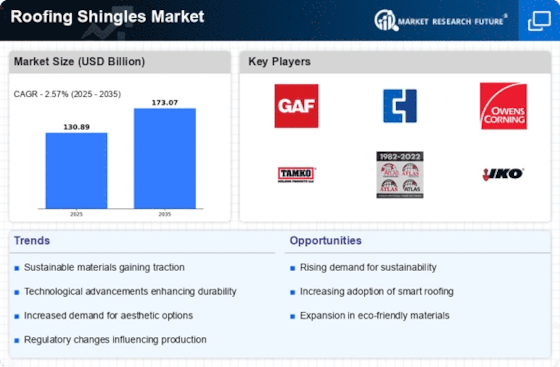
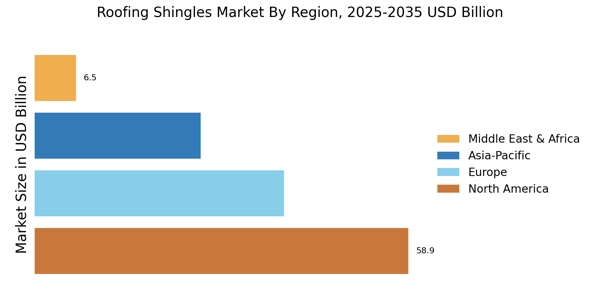
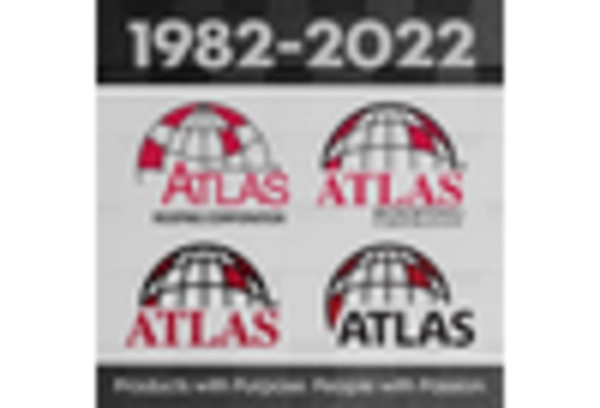
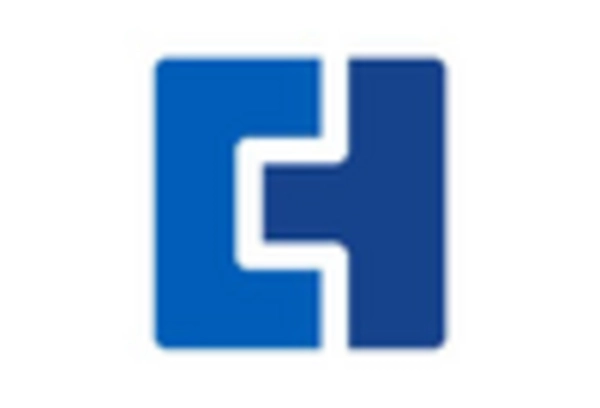
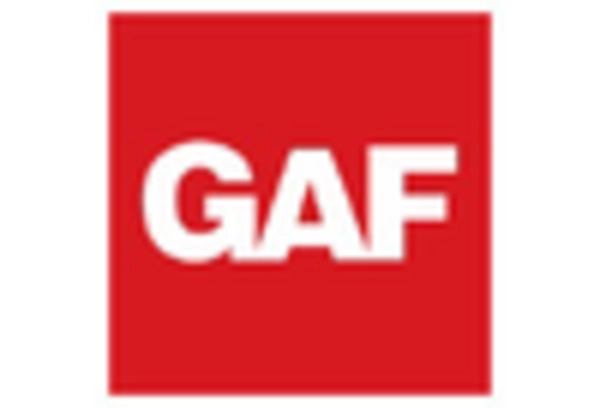
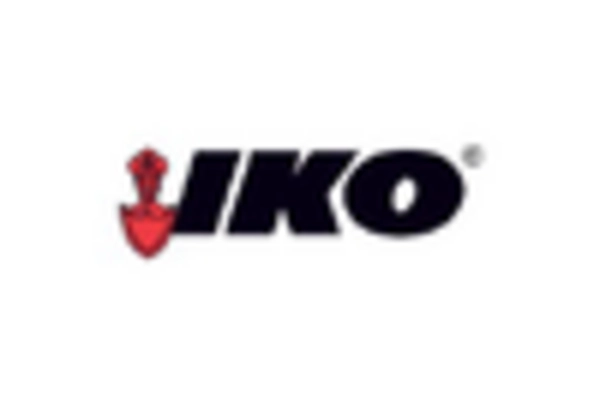
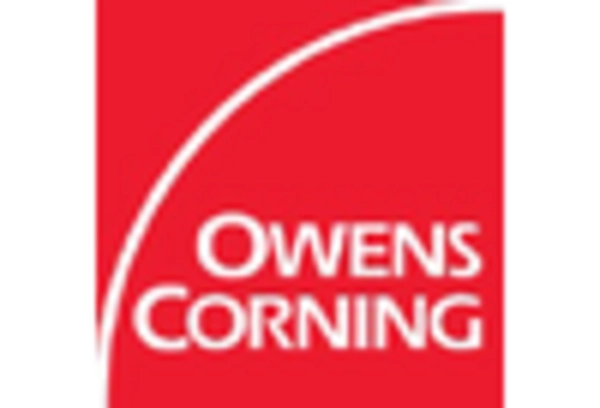
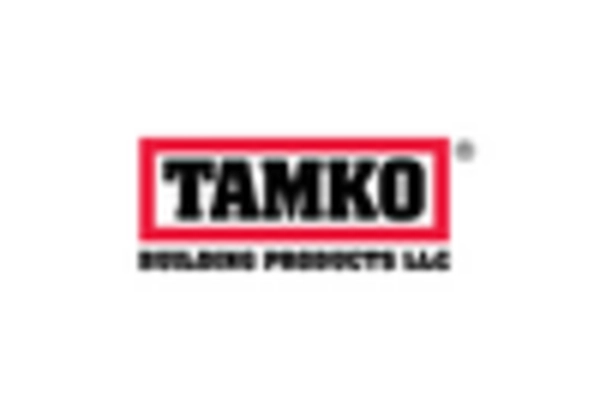








Leave a Comment